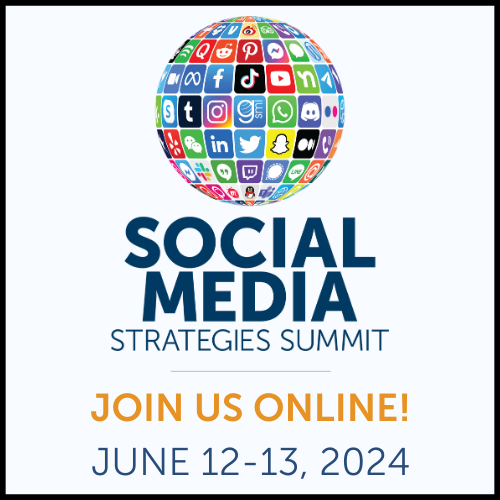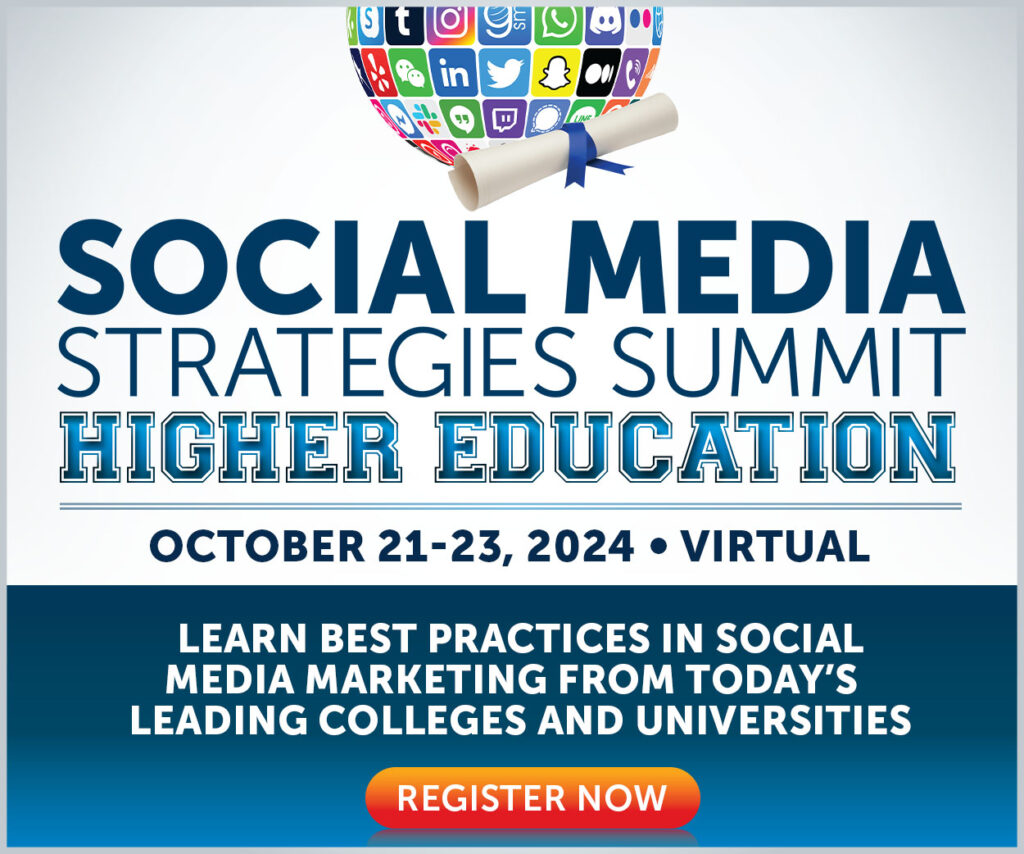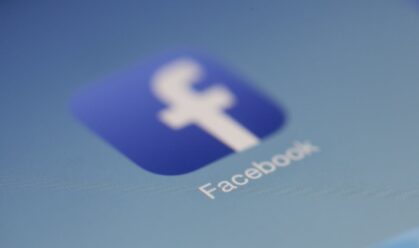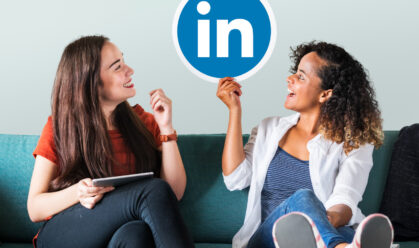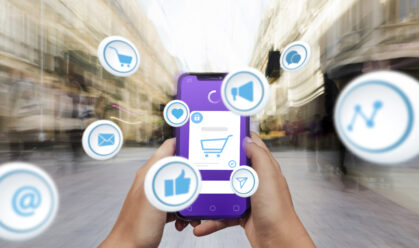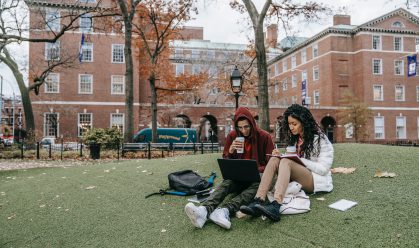Influencer marketing has always been one of the most effective strategies for reaching new audiences.
But it isn’t just about engagement; influencers can drive real action.
Almost half of consumers say they’ve bought products promoted by influencers, while over one-third believe influencer posts are the best way for brands to persuade customers to try new products or services.
Still, there are no guarantees. You won’t achieve the desired results if you work with the wrong influencers or target the wrong customers.
To help you do better influencer marketing, we’ve rounded up 10 of the top influencer marketing campaigns from brands across multiple industries, including:
- B2B technology
- Consumer goods
- Food and drink
- Nonprofit organizations
- Health and fitness
1. Coca-Cola Targets Can Thieves
When Coca-Cola’s marketing partners searched for a way to promote Coke Zero Sugar, they discovered that 40% of people admit to taking someone else’s food or drink.
So they decided to (playfully) frame Coke Zero as something worth doing anything for — even stealing from a friend or colleague.
The next step was to recruit a group of diverse global influencers to amplify the “phenomenon” of Coke Zero cans being taken:
@rickeythompson NOBODY takes my Coke Zero Sugar! #cokepartner #ad ♬ original sound – Rickey Thompson
These organic posts drove the conversation on social media, alongside bespoke and remixed memes, face filters, and WhatsApp stickers.
But that was only phase #1 of the campaign. Coca-Cola then launched “the ultimate form of fridge protection,” dubbed the Security Can: a Coke Zero fitted with a built-in motion-detecting camera to catch would-be thieves in the act.
“Coke Zero Sugar was placed at the heart of the online conversation by embracing a universal behavior that people could relate to,” said the campaign’s design agency, AKQA. “Through the various playful ways of experiencing and expressing what it means to #TakeATaste, Coke Zero took on a new flavor for a new generation.”
2. ERA Coalition Uses Influencers in Equal Rights Campaign
Influencer marketing isn’t just for consumer brands.
In our next example, the nonprofit ERA Coalition used an influencer campaign fronted by Stranger Things actor Gabriella Pizzolo to raise awareness for the Equal Rights Amendment, a proposed amendment to eliminate gender-based discrimination in the US.
@gabriella.pizzolo_ Honored and enraged to be the CEO of Woman Corp, a corporation that has more protection from the government than I do. Visit http://womancorp.org to ask your senator to remove the time limit on the ERA. #ERANow #WomanCorp @eracoalition ♬ original sound – gabs
The campaign saw Pizzolo start a company — known as WOMAN Corp — to highlight the coalition’s claim that “the American government protects corporations constitutional rights more than the rights of human women.” It was launched before the 2022 midterm elections to spark conversations and encourage voter engagement.
As part of the initiative, audiences were invited to join the staff of WOMAN Corp on LinkedIn by adding the company to their work experience.
3. Tommee Tippee Starts “Raw & Real” Parenting Conversations
Baby products brand Tommee Tippee launched a content marketing hub called the Parent Room to offer “raw and real” parenting advice.
It supported the launch with an influencer campaign delivered by influencer agency SEEN Connects, aimed to leverage always-on influencer messaging and celebrity endorsements.
SEEN sought influencers to engage audiences on Instagram and TikTok through a creative strategy called Moment of Truth. It encouraged parents to share their stories of mental health, body image, and post-partum experiences on social media.
View this post on Instagram
The campaign massively over-delivered against Tommee Tippee’s original objectives, driving 3.4 million impressions (185% more than the initial goal) and an engagement rate of 7%, 40% higher than the campaign target.
4. Weber Builds Emotional Connections Through Influencer Marketing
Weber is a big name in the world of barbecue.
But while customers use its grills for cooking delicious food, Weber’s research revealed a lack of emotional connection to the brand: people saw their grill as a tool rather than an exciting, creative element of the food prep process.
As such, it began using influencers to build that connection, encouraging audiences to delight in discovering new recipes and grilling methods — with the brand at the heart of the conversation.
A key part of Weber’s influencer strategy involves partnering with pro chefs and BBQ competition winners – people who are well known in the culinary world and have large followings:
View this post on Instagram
But that’s only one strand of its influencer program.
The brand also seeks to engage lifestyle influencers — enthusiastic amateurs who love cooking and can reach audiences that might not consider themselves “grillmasters” — and nano-influencers, like dads cooking for friends and family in the backyard.
Weber strives to engage these different tiers of influencers, whether through financial incentives, product giveaways, or helpful advice on grilling better food.
5. Sweetgreen Partners With Big-Name Foodies
Sticking with the foodie theme, restaurant chain Sweetgreen is no stranger to influencer marketing.
When the pandemic forced its branches to close, the brand leveraged smaller-scale influencers to launch its Eat Like a Chef range.
But now that the world has reopened, Sweetgreen has set its sights higher, teaming up with high-profile content creators in the foodie niche like @cookingwithlynja (16.9 million followers on TikTok) to promote its range of salads:
@cookingwithlynja My @sweetgreen salad hack #1: The pretzels always stay on me! 🥨💚 #sweetgreenpartner ♬ original sound – Lynja
Even though plenty of research suggests that smaller influencers see higher engagement rates, you can’t beat working with big-name accounts when it comes to maximizing reach and awareness.
6. Gymshark Recruits Influencers With Fitness Challenge
Activewear brand Gymshark runs an annual fitness challenge, Gymshark66, encouraging followers to hit small daily fitness goals for 66 consecutive days.
The idea is that participants will form long-lasting habits by committing to the challenge. Not only that but focusing on attainable goals (like running a little further each week) makes it more likely you’ll stick with the program throughout.
Of course, this isn’t just a fitness challenge: it’s also an opportunity for Gymshark to build awareness through the campaign hashtag #gymshark66. Influencers of all sizes get involved every year.
@johalnx Lower body dayyyyy🦵🏽🥵 #fyp #foryoupage #Fitness #workout #fitnessmotivation #gym #gains #womenwholift #womenempowerment #girlswholift #strongwomen #explore #growth #gymshark66 #gynshark #gymsharkwomen #nikepro #legs #glutesworkout ♬ Playboy – Fireboy DML
In turn, other participants share user-generated content, extending Gymshark’s reach even further.
7. Dove Urges Audiences to Ditch Harmful Beauty Filters
Personal care brand Dove has been a long-term campaigner for so-called real beauty.
And with the brand’s research revealing that 56% of girls feel they can’t live up to the beauty standards projected on social media, it made sense for Dove to launch an influencer campaign warning about the potential harm caused by certain social media beauty filters.
In particular, the campaign focuses on TikTok’s Bold Glamour filter, which looks too real.
Dove has recruited a bunch of high-profile content creators to join its campaign, including interior designer Kelly Hoppen and beauty influencer Miah Carter.
View this post on Instagram
And its efforts are working, with the hashtag #TurnYourBack attracting almost 60 million views to date.
8. IBM Celebrates “New Creators”
We’ve already pointed out that influencer marketing isn’t just for B2C brands. In our next example, IBM shows that influencer strategies can also be highly effective in the B2B space.
The tech giant is running an initiative called New Creators, which aims to celebrate visionary thinkers who creatively use technology to drive business change.
On the face of things, that sounds a lot more complex than a “classic” influencer campaign designed to sell cosmetics products or clothing.
But the approach is similar: first, IBM identified relevant creators. Then the company gave those B2B influencers reasons to post about their partnership with the brand, such as sending them framed pictures of an IBM print ad they appeared in:
9. Sprite Zero Sugar Uses Influencers in First Global Marketing Campaign
Perhaps we’ll remember 2023 as the year Sprite Zero Sugar launched its first-ever global marketing campaign.
The brand signaled its push for global dominance with a “bold” packaging makeover designed to reinforce the drink’s zero-sugar credentials and help it stand out on store shelves.
It’s all part of a strategy to target Gen Z-age consumers, explained Aaliyah Shafiq Ely, Coca-Cola’s sparkling flavors category lead.
“Gen Z-ers lead busy, on-the-go lives and have very little tolerance for distractions or anything they consider to be non-essential,” she said. “They want to bypass things they don’t have time or energy for and cut straight to the good stuff. That’s essentially what Sprite Zero Sugar does by delivering the essentials of crisp flavor and nothing more.”
Sprite turned to creators like Perris Howard and Deandre Brown to push this message while adding their unique twist:
View this post on Instagram
10. Allbirds Leverages Always-On Influencer Marketing
Sustainable footwear and clothing brand Allbirds launched its first influencer program in 2020 but soon realized the consistency and effectiveness of influencer content varied widely.
In particular, it highlighted three key challenges:
- Influencers weren’t publishing enough content
- Just three creators were generating the majority of campaign revenue
- A lack of internal resources stopped the Allbirds from effectively managing the program and acquiring new influencer partners
Influencers were also generating high levels of engagement, yet this didn’t translate to consistent sales.
So the brand decided to team up with Acceleration Partners (AP), which used discovery tools to identify potential partners who closely matched the brand’s top-performing influencers, resulting in a near-immediate upturn in content volume and brand awareness.
View this post on Instagram
AP also introduced a new incentives model to build closer partnerships between brand and influencer, leading to higher posting frequencies from top influencers.
These efforts produced striking year-on-year results, including a 371% increase in revenue, a 410% upturn in conversions, and 498 new influencers added to the program.
Want to learn more about building your brand and engaging your audience through social media? Sign up for our next social media conference!
Featured image by Freepik.


 Image source
Image source